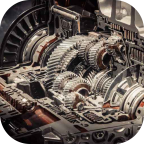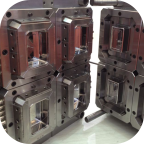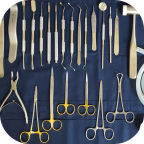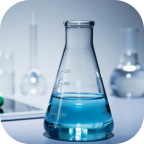Choosing the Right Solution for Your Ultrasonic Cleaner
Browse Volume:92 Classify:Support
Ask anyone who’s used an ultrasonic cleaner before, and they’ll tell you how strangely satisfying it is to see dirt just… dissolve. That high-pitched hum, those microscopic bubbles cavitating beneath the surface—it feels like watching science in motion. But while the machine does the work, what’s in the tank makes all the difference. And no, plain water isn’t enough.
Choosing the right solution isn’t just about cleanliness. It’s about protecting delicate parts, preserving finishes, maximizing cavitation energy, and keeping the machine itself in good shape. So, whether you’re cleaning carburetors, jewelry, surgical instruments, or circuit boards, knowing what goes in your ultrasonic tank is as important as the items you place in it.
Why the Cleaning Solution Matters More Than You Think
It’s tempting to assume that ultrasonic cleaners rely purely on the vibration—the millions of collapsing bubbles that scrub at a microscopic level. But here’s the truth: cavitation is just the engine. The real cleaning power comes from the solution. Without the right chemical makeup in the bath, those bubbles are bursting in vain.
Water alone has high surface tension, which actually resists cavitation. Adding a good cleaning solution breaks that tension, letting the ultrasonic waves reach deep into cracks, threads, and crevices. More importantly, the solution acts on the grime itself—emulsifying oils, softening hardened dirt, neutralizing oxidation, or breaking down proteins and biological matter.
And just as a mechanic wouldn’t use motor oil in a bicycle chain, you shouldn’t use a one-size-fits-all solution for every ultrasonic job. Matching the solution to your material and contaminants is where the real performance lies.
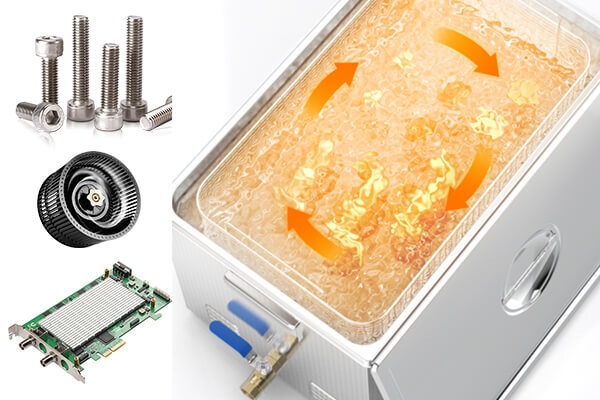
Ultrasonic cleaning machine at work
Types of Cleaning Solutions and When to Use Each
There isn’t just one “best” ultrasonic solution. Instead, there’s a family of formulas, each suited for specific jobs. Here’s a breakdown of the most commonly used types and their best-fit scenarios:
| Solution Type | Best For | Key Features | Precautions |
|---|---|---|---|
| Alkaline Cleaners (pH > 7) | Metals like stainless steel, brass, aluminum (with care); oils, grease, soot | Versatile; effective on organic residues and light corrosion | Avoid on soft metals or plated items unless specified as compatible |
| Acidic Cleaners (pH < 7) | Rust, scale, mineral deposits; glass, ceramics, select stainless steels | Removes oxidation and buildup efficiently | May etch/discolor aluminum, brass, copper; not suitable for soft or precious metals |
| Neutral Enzyme-Based Cleaners | Medical, dental tools; organic debris (blood, proteins) | Biodegradable; safe on delicate surfaces and coatings | Avoid high temperatures; use fresh for best enzyme activity |
| Specialty Solvents & Degreasers | Engine parts, industrial tools, heavy carbon deposits | Penetrates baked-on grime; dissolves synthetic lubricants and polymers | Ensure ventilation; follow dilution instructions; may be harsh on some plastics or coatings |
| Home-Use Detergents | Jewelry, eyeglasses, household items | Mild and safe; accessible and easy to use | Avoid overuse of soap to prevent foaming and reduced cavitation efficiency |
Matching Solution to Material: Safety and Compatibility Tips
The brilliance of ultrasonic cleaning is in its versatility—but that only works if the solution plays nice with the material being cleaned. You wouldn’t soak pearls in acid, nor scrub a printed circuit board with alcohol.
Metals like stainless steel, titanium, and hardened tools usually tolerate alkaline solutions well. Aluminum, however, needs a non-caustic formula, as many strong bases can pit or cloud its surface.
Jewelry with stones like diamonds, sapphires, and rubies are generally safe in mild alkaline or neutral solutions. But avoid ultrasonic cleaning entirely for porous stones like opal, turquoise, or emerald, regardless of the solution used.
Medical instruments demand solutions with enzymatic properties and certifications for biofilm and protein breakdown. These are often neutral pH, non-corrosive, and approved by dental and surgical associations for use in pre-sterilization processes.
Electronics require a completely different approach. Use only distilled water with a drop of electronics-safe surfactant, and always ensure the component is fully dry after cleaning.

Medical instrument
Dilution, Temperature, and Timing: Getting the Mix Right
Even the best solution can underperform if misused. Always read the manufacturer’s dilution instructions—some solutions are concentrated and require a precise water ratio. Too much cleaner can lead to foaming or excessive residue. Too little, and the bath loses its cleaning power.
Temperature also plays a role. Most ultrasonic cleaning solutions perform best between 40°C and 60°C (104–140°F). At higher temperatures, cavitation becomes more intense, but some delicate items—like watch parts or PCBs—may not tolerate that heat. Many medical enzymatic cleaners are specifically optimized for 37°C, mimicking body temperature to break down organic matter more effectively.
As for time? Longer isn’t always better. Most effective cycles last between 5 and 15 minutes. After that, the cleaning solution can start redepositing dissolved particles or lose effectiveness. Change the solution regularly—especially if it becomes cloudy, discolored, or odorous.
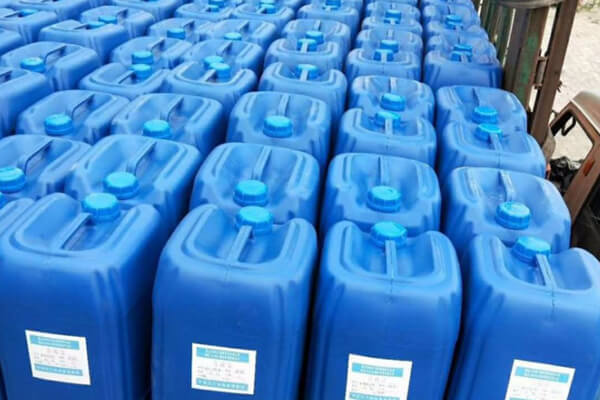
Cleaning fluid
When to Change the Solution—and Why It Matters
One of the most common errors users make is assuming a solution can be reused indefinitely. Even if it looks clean, the liquid could be saturated with dissolved contaminants. This not only reduces cleaning performance but can also leave residues on freshly cleaned items or cause buildup inside the tank.
Signs it’s time to change the solution include:
A noticeable drop in cleaning effectiveness
Visible sediment or floating debris
Change in color or odor
Cloudy appearance
Cleaning the tank during every solution change helps maintain machine performance. Use a soft cloth and a small amount of neutral detergent to wipe away residues, and rinse thoroughly with distilled water. A clean tank is a clean start—every single time.
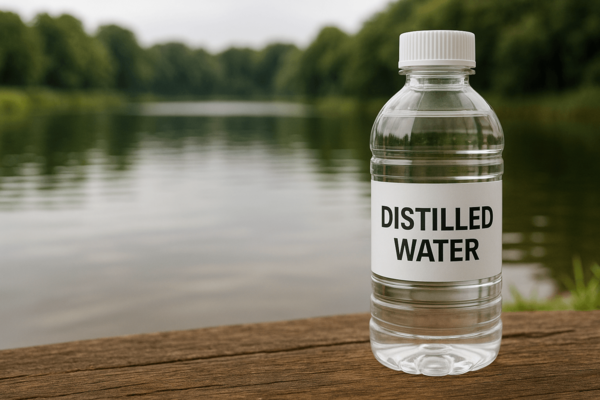
Distilled water
The Right Solution Isn’t Optional—It’s Essential
Finding the right solution for your ultrasonic cleaner isn’t just a detail—it’s the foundation of how well the entire process performs. It influences how quickly grime lifts off, how safely your items are treated, and how long your machine lasts. Whether you’re handling precision tools, family heirlooms, or sensitive medical instruments, choosing the right cleaning fluid—matched in chemistry, concentration, and compatibility—makes all the difference. A few extra minutes spent selecting the right solution will save hours in rework, repairs, or replacement down the line. Clean smarter, not harder.
 Granbo Ultrasonic
Granbo Ultrasonic

